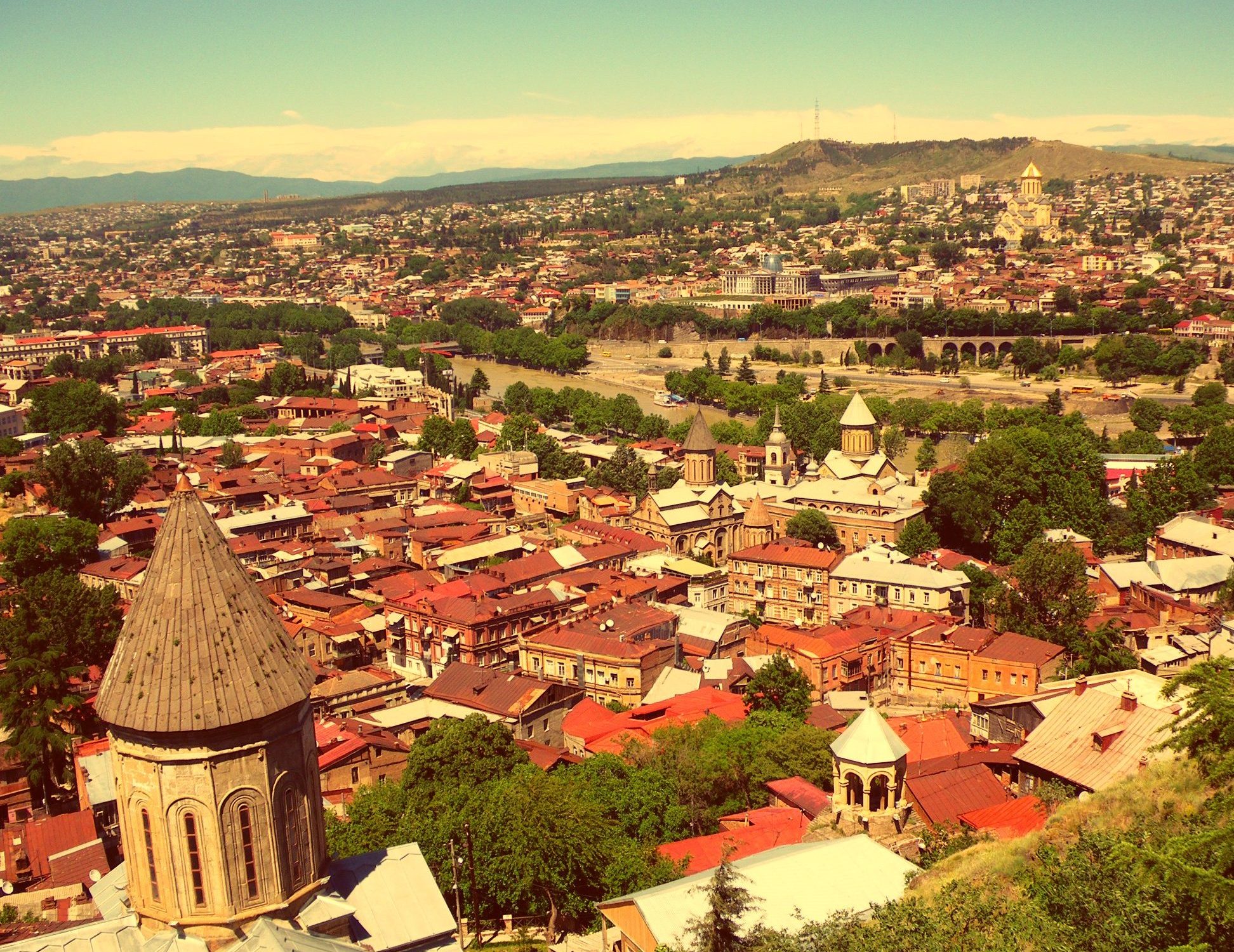I have two posts from Georgia—the paintings of Otar Imerlishvili and the photography of Dimitri Mais. The first set of images is magical, with street and domestic scenes containing humour and irony. The second is realistic—not dark or depressing—but carrying dust, a certain amount of decay and signs of stagnation, exploring hardship.
These two visions of the former Soviet republic—the dreamy/fantastic and the more concrete/practical—converge in The Book of Tbilisi, a collection of short stories published by Manchester-based Comma Press (@commapress). Consider these descriptions:
A piece of romantic graffiti chalked outside a new apartment block sends its residents into a social media frenzy, trying to identify the two lovers implicated by it….
A war-orphaned teenager looks after his dying sister in an abandoned railway carriage on the edge of town, hoping that someday soon the state will take care of them…
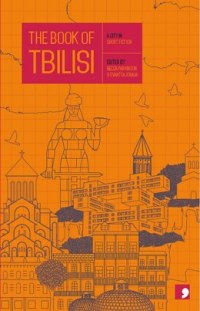
The Book of Tbilisi is part of Comma Press’s “Reading the City” series that includes titles like The Book of Gaza, The Book of Tokyo, The Book of Riga and The Book of Dhaka. Authors are (if you are interested): Ina Archuashvili, Gela Chkvanava, Erekle Deisadze, Shota Iatashvili, Dato Kardava, Lado Kilasonia, Zviad Kvaratskhelia, Bacho Kvirtia, Iva Pezuashvili and Rusudan Rukhadze. Translators: Mary Childs, Tamar Japaridze, Maya Kiasashvili, Nino Kiguradze, Philip Price and George Siharulidze.

The introduction to the collection was very informative, with a note on Georgia’s strategic geographic location in the Caucasus. Tbilisi has historically been the object of great envy and rivalry between various invaders—the Persians, the Byzantines, the Khazars and Arabs, the Seljuk Turks, the Mongols, the Ottomans, and of course, the Russians. It has withstood assaults and risen from the ashes repeatedly, recovered and reconstructed itself. After seventy years of Communist oppression, in the 1990s and 2000s, it became the battlefield for Mafiosi clans and illegal entrepreneurs. Crime, corruption, poverty, disillusionment, embitterment—all of this was rampant. In 2008, war broke out with Russia again, and tensions persist…
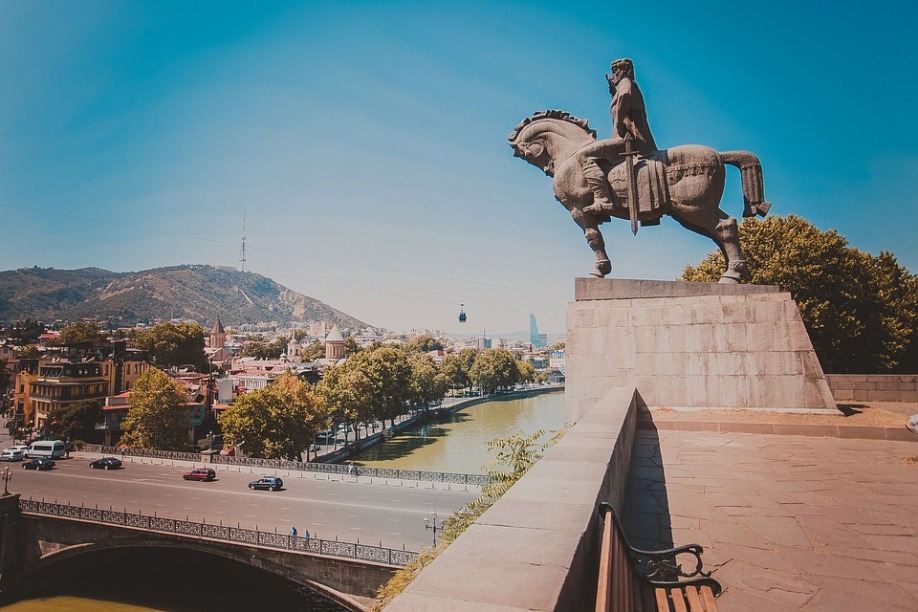
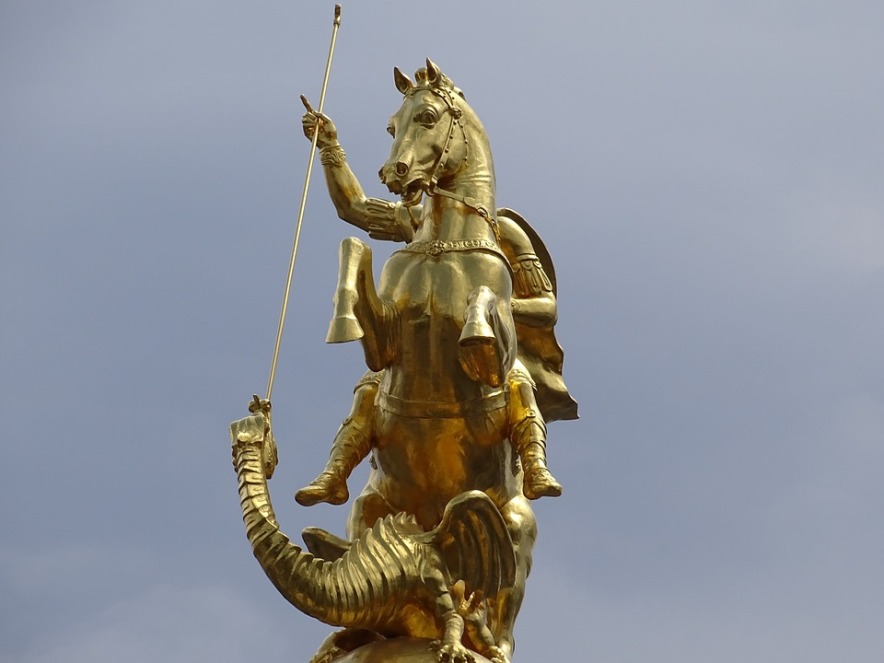
Yet Tbilisi has remained a city of wonder and mystery, puzzles and miracles. Visitors passing through often find it difficult to work out where exactly are they—in Asia or Europe—for stylistically it is a blend of various cultures and traditions…Persian, Umayyad, Mongolian, early Renaissance. You can find ancient fortresses, oriental domes, medieval bell towers, Orthodox temples, modern bars, cafés and nightclubs. What lies beyond that arch or iron gate or yard or line of townhouses? You never know.
In addition, the citizens refuse to take their freedoms for granted. More and more people are adopting progressive attitudes. There is now greater religious tolerance, a fairer sense of democracy within the household, active resistance to homophobia and xenophobia.
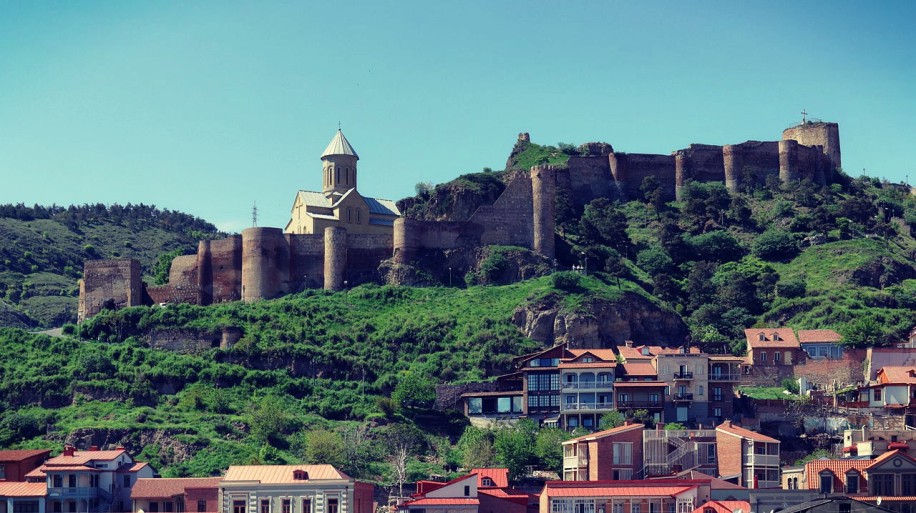
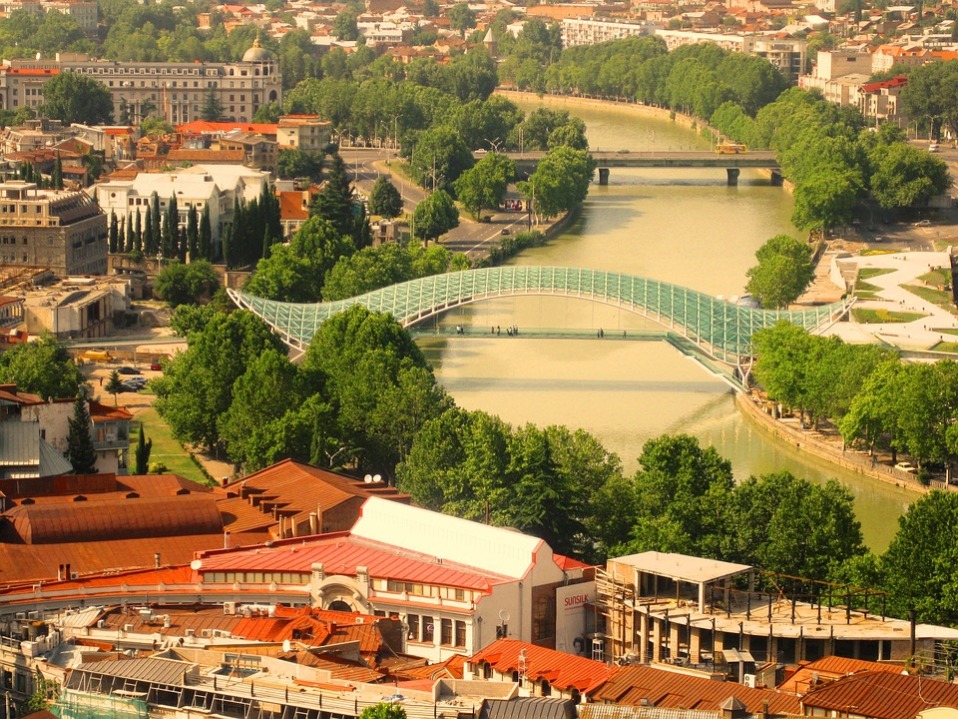
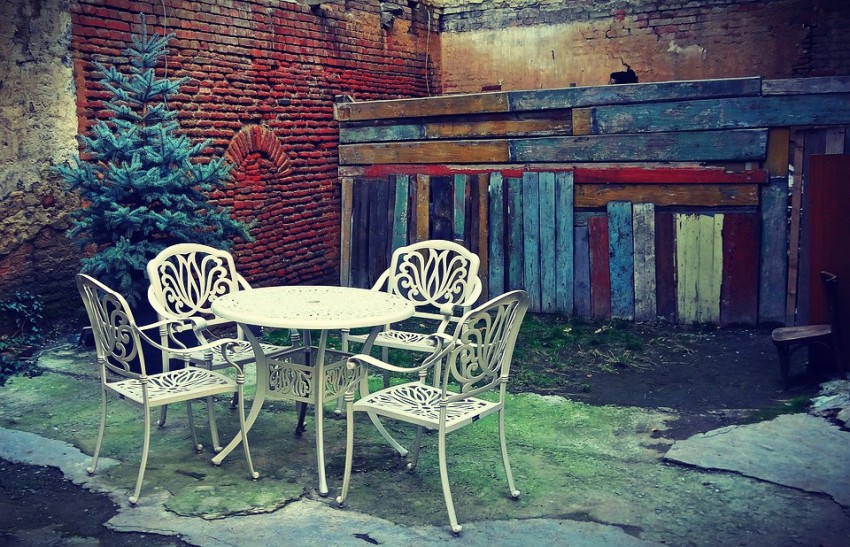
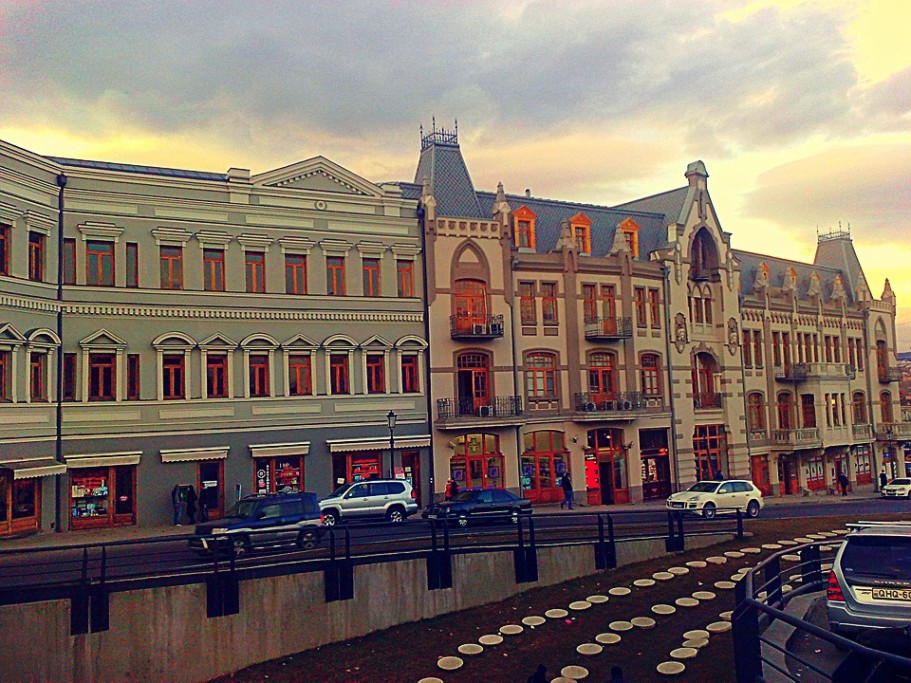
The carefully crafted stories in the book offer snapshots of life in present-day Tbilisi, “the city’s customs and traditions, and the many complex dynamics at play between its citizens—from the corrupting influence of poverty, to the possibilities of love and friendship, from the manipulations of the media, to the impact of petty bureaucracy on real people’s lives”. Other issues include: family life, psychological and physical abuse, gender inequality, infidelity and vengeance. While I appreciated the contemporary voices, the juxtaposition of mundanity and magic, gloom and glee—I truly wish the collection had 3 or 4 pieces from centuries past as I wanted to get a better sense of the country’s history.
The introducer mentions that Georgia is often called ‘the land of poets’. A reference is made to “Vepkhistqaosani” (The Knight in the Panther’s Skin), a medieval epic poem written by Georgia’s national poet Shota Rustaveli (c. 1160—after c. 1220) who lived during the Georgian Golden Age. The fact of King Vakhtang VI—who established the first printing house in Tbilisi—being himself a scholar, philosopher, translator and poet is also specified but not much is shared in terms of major historical national or cultural narratives.
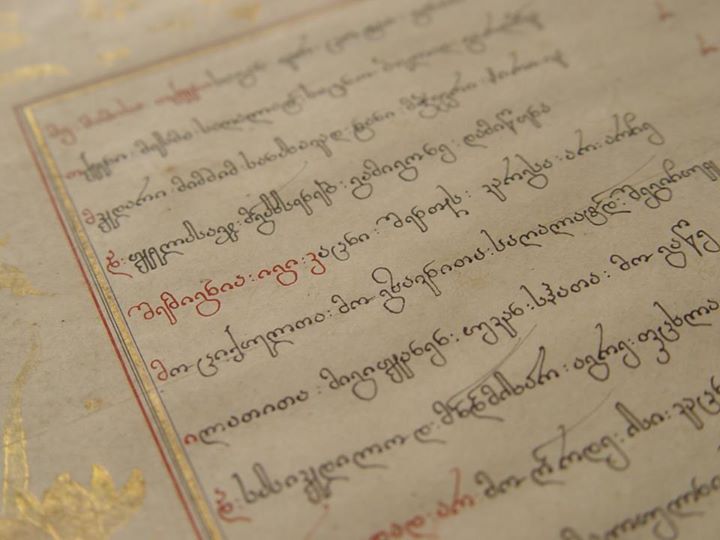
Only a brief—and rather enchanting—legend on the founding of Tbilisi is related. It goes like this:
Back at the start of the Middle Ages, the territory we now call Tbilisi was covered with dense woodland. According to the legend, King Vakhtang I Gorgasali of Georgia, ruling in the second half of the 5th century, went hunting with his men in the forests here. During the hunt the king wounded a roe deer with an arrow. The animal limped away into the dense thicket, and the king’s men ran after it, following the drops of blood it left behind. This trail led the men to a boiling hot spring. There, they witnessed how the water bubbling out of the ground healed the wounded doe, as if it contained some magical properties, and the doe, now recovered, disappeared into the forest again. The men related this miracle to their king and showed him the spot where it had happened. So impressed was he with this tale, and with the hot sulphuric springs, that the king ordered his new capital city to be built in that very spot.

Now, excerpts from two stories, one dark, one light:
First they Buried her, then She Died (from “Precision” by Erekle Deisadze)
When people die, they get buried. In Tusi’s case, it happened the other way around. First they buried her, then she died. It doesn’t matter, in the end, whether they heap sods of earth on you, or wrap you up warm in a woollen blanket—the feeling of suffocation is just the same. Tusi is my sister [and cancer patient]. We’ve been living in a train carriage for the last three-and-a-bit years. The carriage is parked right on the outskirts of the city, but it doesn’t take too long to get to the centre if you know the right roads. During the day, Tusi stays at home alone. The little stereo she keeps next to her helps her pass the time. Before she goes to sleep, she asks me to read her a few psalms. I don’t know how it helps her, but she says it makes her sleep better.
[…]
“In order to qualify for government assistance, the leg that is to be operated on must be at least five centimetres shorter than the other one,” said the visitor and then added, after a short pause, “Yours is four centimetres and 95 millimetres.” “Tell him to go. Please,” said Tusi, covering herself up with the blanket. “Yes, I’m going. It’s really quite heartrending, though. Just five millimetres,” said the visitor without the slightest trace of emotion. Then he put his face close to mine, flared his nostrils, and whispered: “The state loves precision.”

If You Believe It Is, then Yes! (from “Tsa” by Iva Pezuashvili)
I couldn’t go to see Tsa [a Chinese girl who comes to Georgia and injures herself] in the hospital. I was too weak to face her. I couldn’t see her mother or her sister, I just couldn’t. She was in there, still, confined to a bed. Instead, I drank. Because of me, a girl who once walked on a tightrope would never again be able to walk on the ground. One night I returned home, drunk again. I had no capacity left to make any kind of judgment. I staggered up the stairs and out of habit stopped next to Tsa’s clothesline. I wanted to climb the railing, but I was stopped by the sound of my Azeri neighbour’s voice: “There are no clouds tonight. You shouldn’t believe in miracles.” “That rug you hang on your wall is a flying carpet, isn’t it?” I shouted.
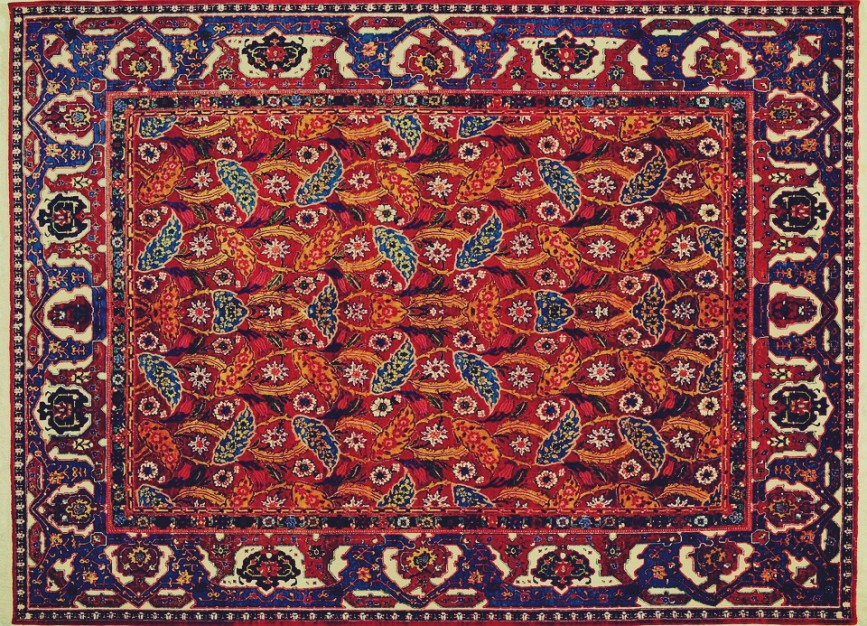
“If you believe it is, then yes!” she replied. “I believe that if I walk on this, Tsa will walk again too,” I said. “If there were clouds, I could tell you. But it is cloudless, so you shouldn’t believe in miracles.” “I will walk,” I said. “Try,” she said. And I did.
—-
Image Credit:
Featured: Old Tbilisi, a view from Narikala Fortress by User “CC BY 2.0, Wikimedia Commons
—-
![]()
